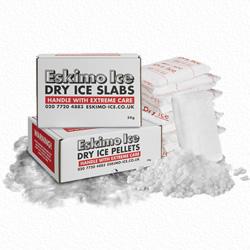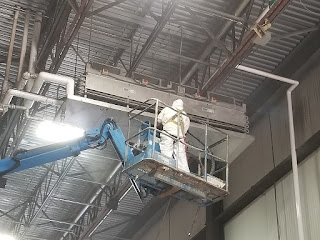Abrasive blasting with baking soda versus dry ice blasting

We are often asked about the advantages and disadvantages of dry ice blasting compared to soda blasting, or abrasive blasting in general, so let's take a close look at dry ice blasting. What exactly is dry ice? Dry ice is the solid form of carbondioxide and is considered a hazardous material ; therefore, precautions must be taken when using dry ice for blasting. Dry ice blasting is a process where dry ice pellets are accelerated by compressed air to high speeds that fracture the top layer of dirt and residue then, once the dry ice penetrates the dirt and residue, the temperature of both the dirt and residue layer and the substrate decreases. The different materials contract unequally and the adherence between them decreases. This temperature difference helps to separate the dirt and residue from the substrate. After the dry ice makes its initial impact, it instantly turns from a solid to a gas. The volume expansion causes a micro explosion that detaches the dirt and resi...


